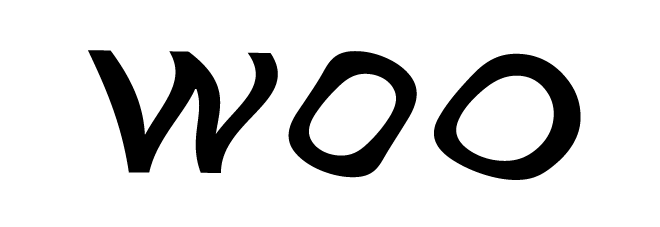Who has the power?
A big emphasis now in societal future planning is on changing the way large businesses behave. In the purest sense of design, designers have one main goal: improve the life of their users. But the problem now is that some larger companies attempt to persuade people that different products may improve the users' quality of life when their best interests may not be in mind: the opportunity for persuasion.
The hope is that designers can act as the perfect middleman between big companies and the users. Designers base their research on their direct-users but after that research is conducted designers have to provide the head honchos with their findings in order for companies to satisfy those same users.
But how would the cycle start? In an ideal world people would be able to articulate their needs, those idea-filled individuals (may or may not be designers, who knows?) would start companies to satisfy those needs and designers would act as liasons between the company heads and the users to continue to refine those raw ideas.
Although this would be more ideal, it seems as if the cycle is based off of the services and decisions provided/made by the large businesses. Then the new ideas, intended reactions, and mindset would eventually trickle down to the masses. We would then expect the masses to indicate the flaws in the societal workings and for the big name businesses to start taking strides in solving those issues.
As more issues come into play within future planning tactics the relationship between businesses and consumers will either foster or stunt the population's potential for change.
